Microsoft sends upgrade alerts to Windows 10 users
As the EOS is approaching, should Windows 10 users surrender?
3 min. read
Updated on
Read our disclosure page to find out how can you help Windows Report sustain the editorial team. Read more
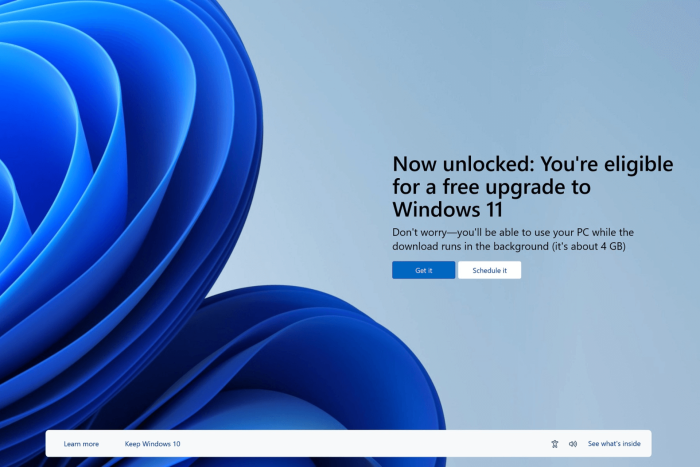
Windows 10 users started getting full-screen pop-ups after a cumulative update rolled out in May 2023. The pop-up has made its way back to Windows 10 devices after the optional update released in January 2024.
Windows 11 was released in October 2021, but a lot of users have decided to stick with Windows 10. However, in 2023, Microsoft announced that Windows 10 would reach the end of support on October 14, 2025, and encouraged users to transition to the latest version.
So, if you decide to stick to your operating system, you can select Keep Windows 10 or click the Decline upgrade option on the pop-up, prompting a free upgrade.
After the January 2024 update, according to Windows Latest, Microsoft is pushing a four-page prompt, and here’s what it says:
- The first screen provides a free upgrade to Windows 11, ensuring that the download can run in the background while you can work on other things.
- On the second screen, details about the functions and features of Windows 11 are presented, describing how it is faster, more productive, secure, and easier to use.
- The third screen illustrates the seamless transition process, ensuring you keep your files and the updated Windows version is familiar to Windows 10.
- The fourth screen showcases screenshots of the enticing features of Windows 11, giving you the option to stay with the current Windows version while keeping the door open for a potential upgrade anytime through Windows Update.
Though some people might find it annoying, the four-page pop-up has options to quit it or proceed with the upgrade.
You might be wondering if Windows 11 is so amazing and has a lot to offer; some people are reluctant to upgrade. For some, it could be the hardware limitations (absence of TPM chip), while others have concerns about stability.
Despite multiple pop-ups encouraging users to shift to the new version, not many people are willing to move towards it.
According to the Statcounter reports, Windows 10 is still used by 66.43% of users in the market as compared to 27.82% on Windows 11.
Earlier, the market share was 71.6% for Windows 10 and 26.63% for Windows 11, but the transition was noticed after Microsoft released Copilot, a powerful AI assistant.
As it is said, change is inevitable, and as the EOS is approaching, people will have to upgrade their PCs to Windows 11. However, the hardware restrictions may nudge them in a different direction, like opting for Linux.
So, the solution could be that Microsoft considers extending the EOS date so users keep getting security updates, as a huge percentage of people are still using Windows 10.
In case you want to learn about the differences between Windows 10 & Windows 11, read this comparative study to make an informed decision.
Do you think that Microsoft will reduce the pop-up frequency or adopt a more regressive approach to push users to upgrade? Share your thoughts in the comments section below.
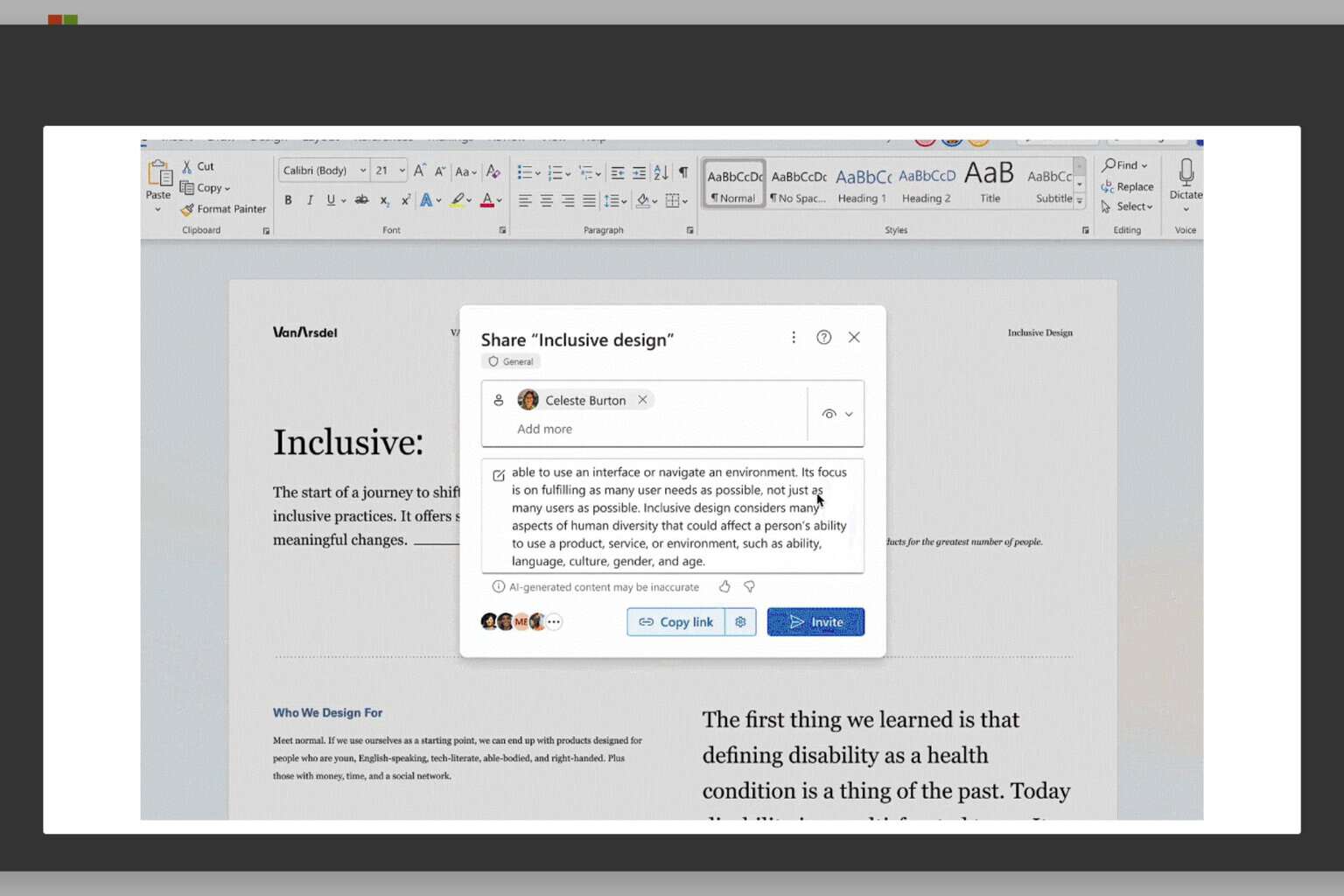
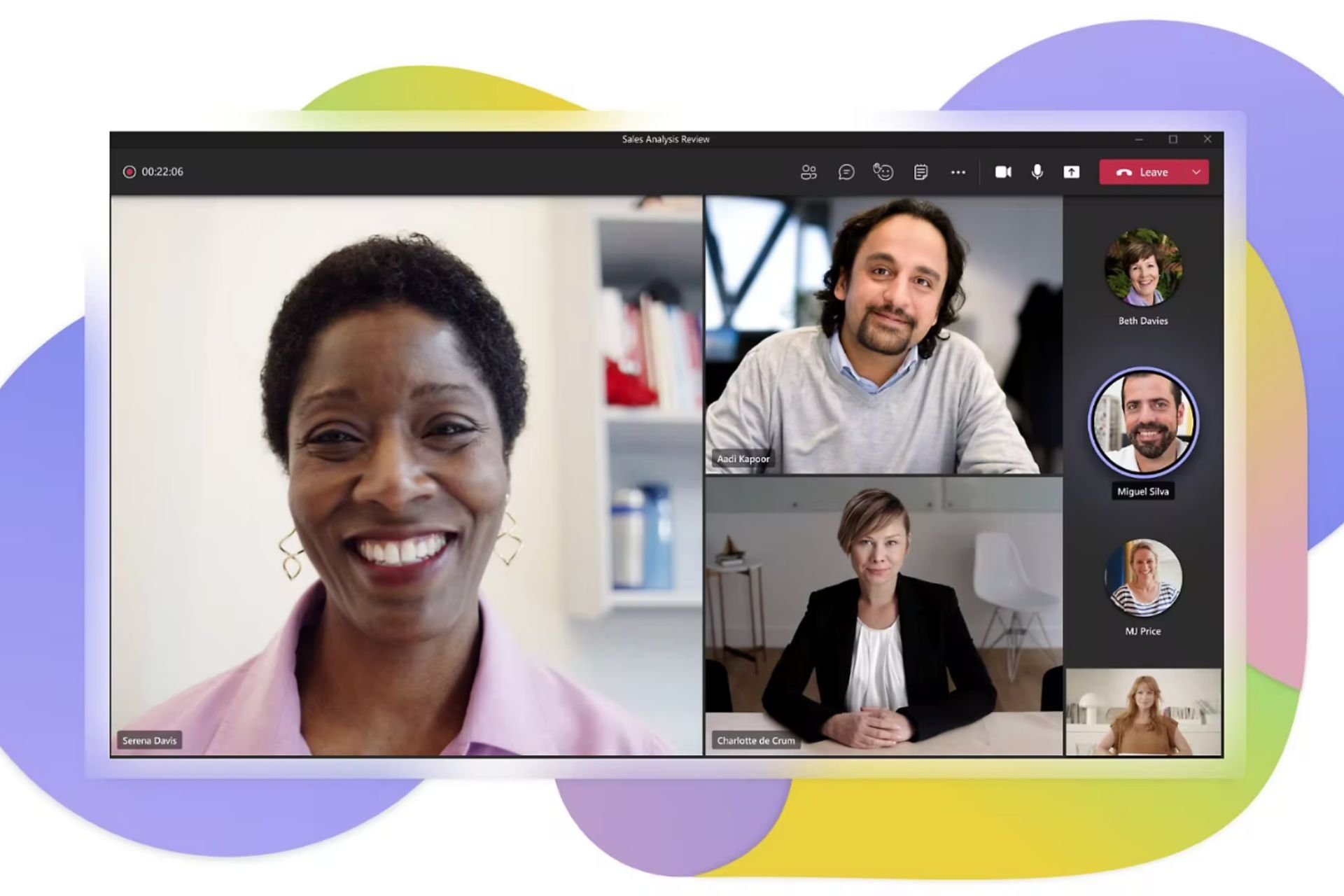
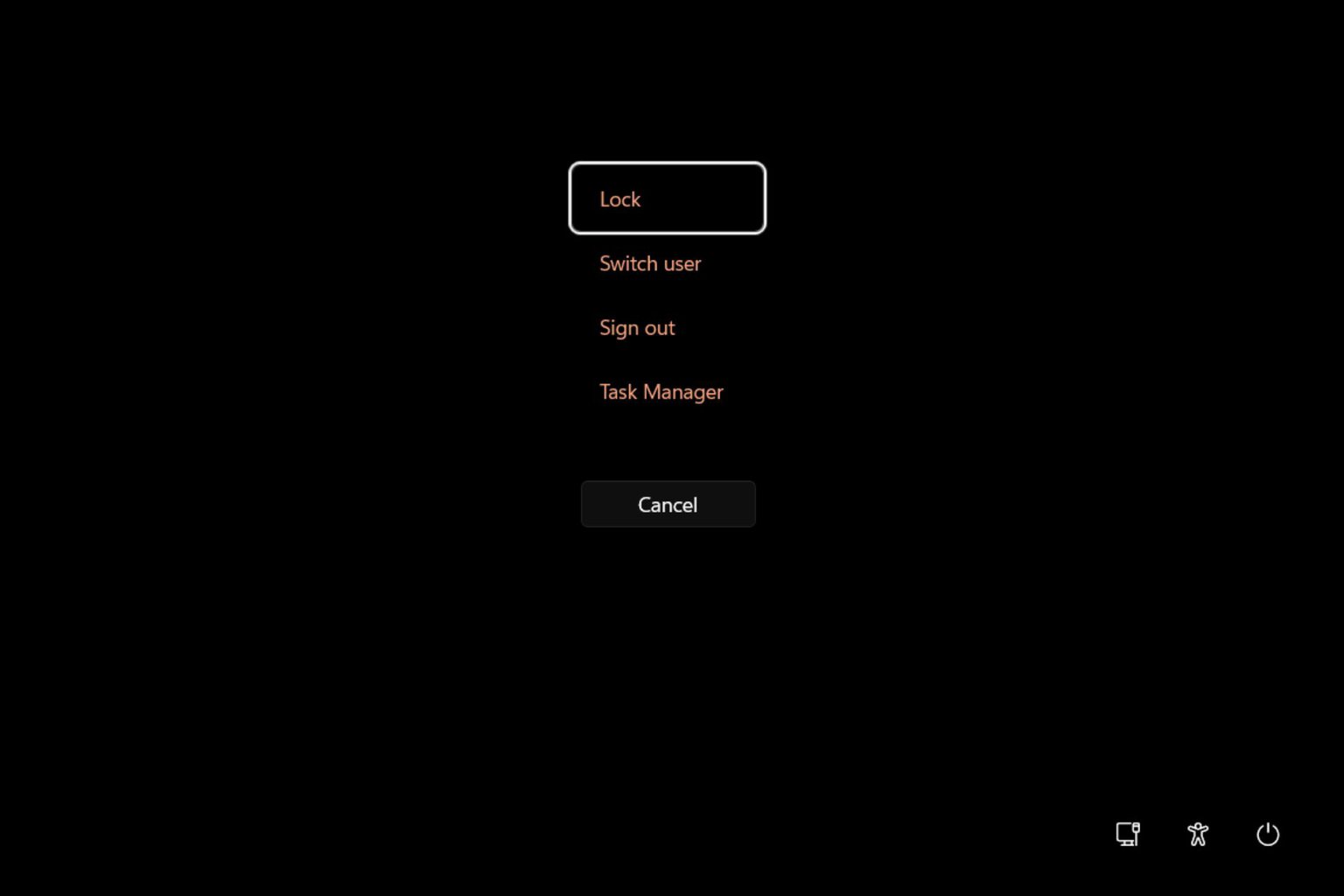
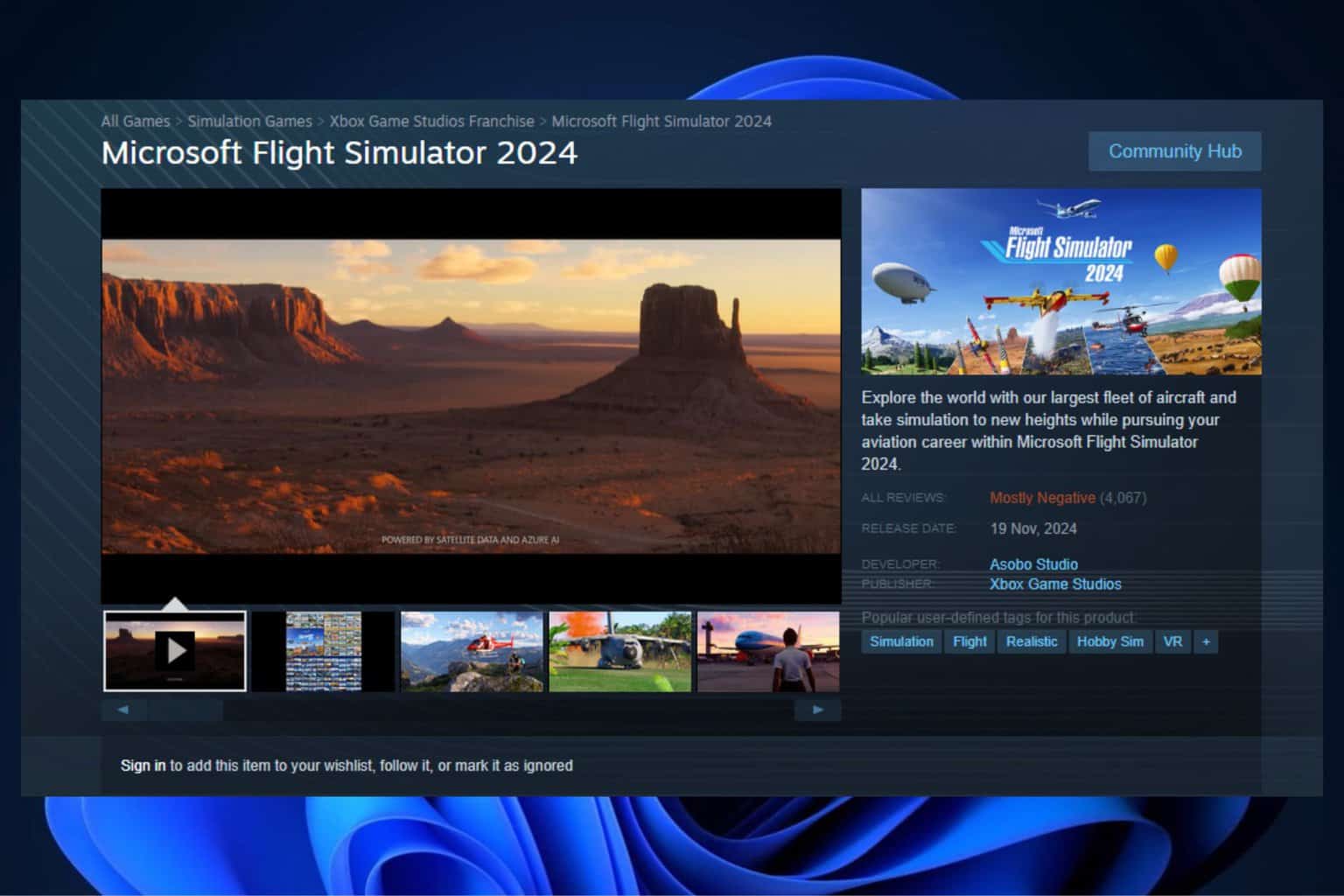
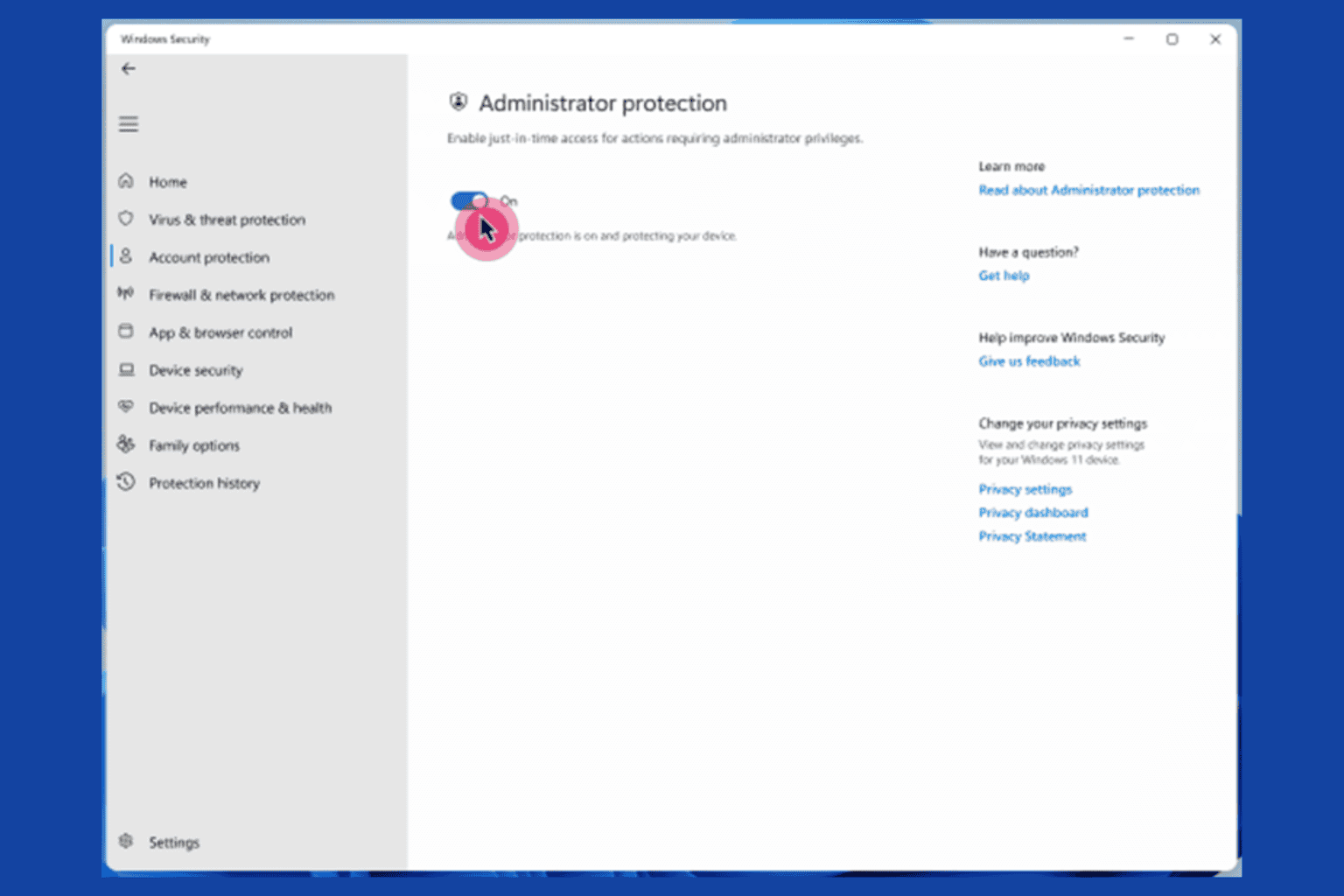
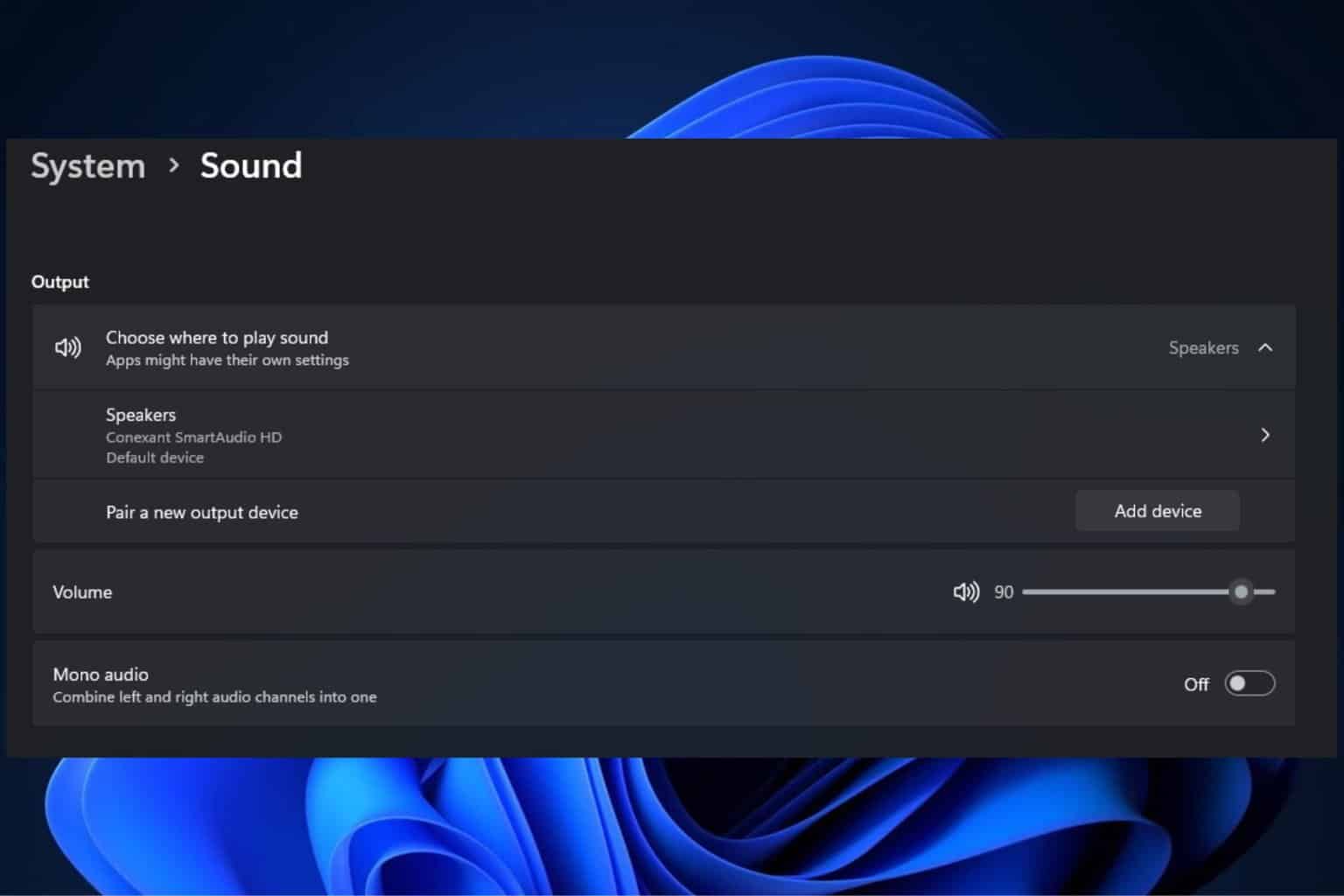

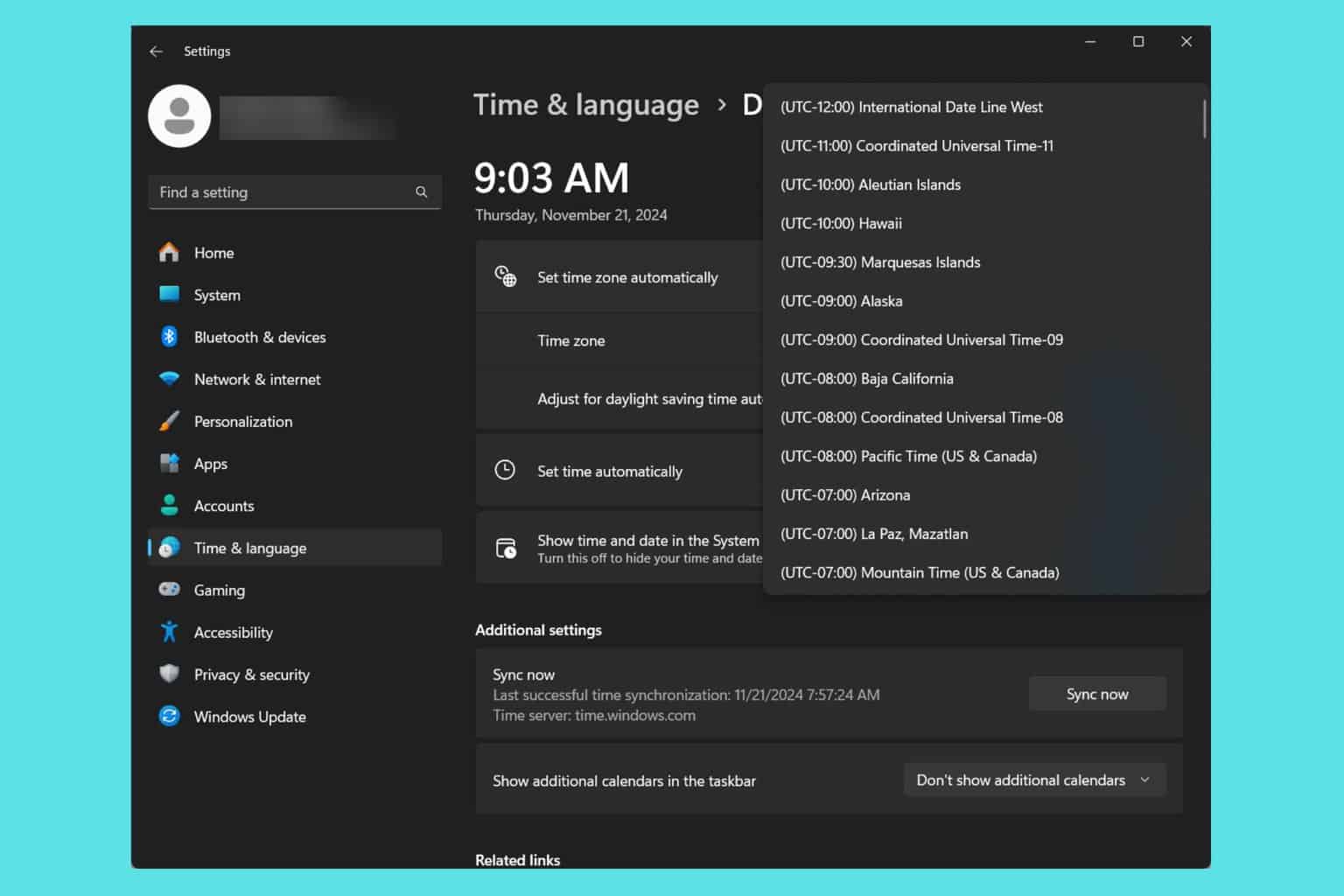
User forum
1 messages